Introduction to the Spectrophotometer
Overview
The spectrophotometer is a routinely used instrument in scientific research. Spectrophotometry is the quantitative measurement of how much a chemical substance absorbs light by passing a beam of light through the sample using a spectrophotometer. In this video, basic concepts in spectrophotometry, including transmittance, absorbance and the Beer-Lambert Law are reviewed in addition to the components of the spectrophotometer. These concepts provide a foundation for how to determine the concentration of a solute in solution that is capable of absorbing light in the ultraviolet and visible range. Furthermore, a procedure for how to operate the spectrophotometer is demonstrated, including instructions on how to blank and measure the absorbance of a sample at the desired wavelength. The video also covers how to make a standard curve for determination of analyte concentration. Several applications of the spectrophotometer in biological research are discussed, such as measurement of cell density and determination of chemical reaction rates. Finally, the microvolume spectrophotometer is introduced, as well as its advantage in measuring the quality and quantity of protein and nucleic acids.
Procedure
The spectrophotometer is a ubiquitously used instrument in biological, chemical, clinical and environmental research.
Spectrophotometry is the quantitative measurement of how much a chemical substance absorbs light by passing a beam of light through the sample using a spectrophotometer.
By measuring the intensity of light detected, this method can be used to determine the concentration of solute in the sample.
The beam of light that is radiated toward the sample is made up of a stream of photons.
When photons encounter molecules in the sample, the molecules may absorb some of them, reducing the number of photons in the beam of light and decreasing the intensity of the detected signal.
Transmittance is the fraction of light that passes through the sample and is defined as the intensity of light passing through the sample over the intensity of incident light. Absorbance is the inverse logarithm of transmittance and is the quantity your spectrophotometer will measure.
From the absorbance, the concentration of the sample solution can be determined from the Beer-Lambert Law, which states that there is a linear relationship between the absorbance and concentration of a sample. According to the Beer-Lambert Law, absorbance is the product of the extinction coefficient, a measure of how strongly a solute absorbs light at a given wavelength, the length that light passes through the sample, or path length, and the concentration of solute. Often, the goal to taking absorbance measurements is to measure the concentration of a sample.
Each spectrophotometer includes a light source, a collimator, which is a lens or focusing device that transmits an intense straight beam of light, a monochromator to separate the beam of light into its component wavelengths, and a wavelength selector, or slit, for selecting the desired wavelength. The wavelengths of light used in spectrophotometers discussed in this video are in the ultraviolet and visible range. The spectrophotometer also includes some sort of sample holder, a photoelectric detector, which detects the amount of photons that are absorbed, and a screen to display the output of the detector.
Newer spectrophotometers are directly coupled to a computer, where the experiment parameters can be controlled and results are displayed.
When performing spectrophotometry, be sure to take appropriate precautions, such as wearing gloves, depending on the type of biological or chemical solutions you are working with.
Before measuring the UV-visible spectrum of a sample, turn on the machine and allow the lamps and electronics to warm up.
Prepare a blank of the same solution but without the analyte, having the same pH and similar ionic strength; a necessary step as the cell and solvent can scatter some light.
Traditional spectrophotometer sample holders are designed to hold plastic and quartz cuvettes. Proceed to pipette the blank solution into the cuvette.
After wiping any fingerprints and spills off the outside of the cuvette, properly insert the cuvette in the sample holder and close the door to the cuvette compartment.
Never forget to close the door as UV radiation emitted from an open spectrophotometer can damage the eyes and skin.
Set the desired wavelength or wavelength range to be transmitted at the sample, which depends on the optimal wavelength of light that the analyte absorbs. Then, zero the instrument by taking a reading of the blank, which will subtract the background from your sample buffer.
Depending on the type of spectrophotometric experiment you are performing, it may be necessary to generate a standard curve prior to sample measurement, from which the concentration of your sample analyte can eventually be determined.
Allow the sample to reach the appropriate temperature and mix it gently, so that bubbles are not introduced. The sample can them be added directly to the cuvette, within the instrument, and a reading taken.
After performing the absorbance measurement on your sample, proceed to the appropriate calculation for your experiment; for example determination of concentration or the rate of enzyme activity.
The spectrophotometer is used on a daily basis in many biological research laboratories.
One common application of the spectrophotometer is the measurement of cell density. Cell density measurement is useful in generating logarithmic growth curves for bacteria, from which the optimal time for induction of recombinant protein can be determined.
The spectrophotometer can also be used to measure chemical reaction rates. In this example, absorbance is used to monitor an enzymatic reaction by the disappearance of a reaction intermediate at 452 nm over time. The rate of this enzymatic step can be calculated by fitting the data to the appropriate equation.
Recently, the introduction of micro-volume spectrophotometers has eliminated the necessity for sample holders. Such spectrophotometers use surface tension to hold the sample.
Micro-volume spectrophometers are optimal for measuring the quality and concentration of expensive samples of limited volume, such as biomolecules, including proteins and nucleic acids.
The absorbance of a protein at 280 nm depends on the content of aromatic side chains found in tryptophan, tyrosine, and phenylalanine, as well as the existence of cysteine-cysteine disulfide bonds.
Protein concentration can be determined from its absorbance at 280 nm and its extinction coefficient, which is based on the amino acid composition.
Both DNA and RNA have an absorbance maximum at 260 nm from which their concentration can be determined. The purity of the nucleic acid can also be assessed from the ratio of absorbance readings at specific wavelengths.
You’ve just watched JoVE’s introduction to the spectrophotometer.
In this video we reviewed some basic principles, including spectrophotometry concepts and spectrophotometer components. We also demonstrated step by step operation of the spectrophotometer and discussed its usage in biological research. Thanks for watching.
Disclosures
No conflicts of interest declared.
Skip to...
Videos from this collection:

Now Playing
Introduction to the Spectrophotometer
General Laboratory Techniques
519.1K Views
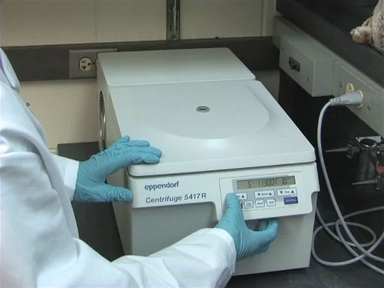
An Introduction to the Centrifuge
General Laboratory Techniques
489.4K Views

Introduction to the Microplate Reader
General Laboratory Techniques
127.3K Views
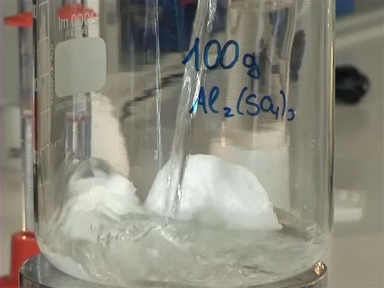
Understanding Concentration and Measuring Volumes
General Laboratory Techniques
216.3K Views
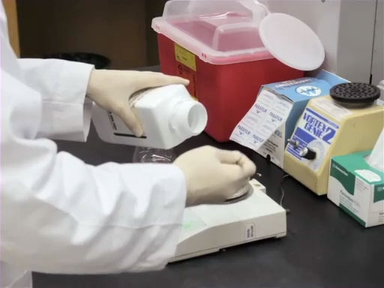
Making Solutions in the Laboratory
General Laboratory Techniques
211.8K Views
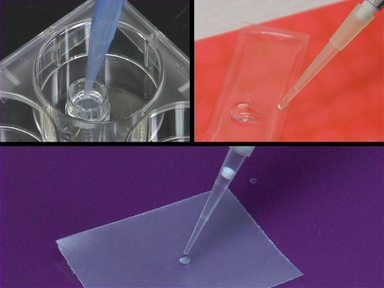
An Introduction to the Micropipettor
General Laboratory Techniques
587.3K Views
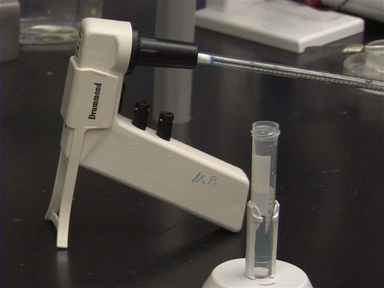
Introduction to Serological Pipettes and Pipettors
General Laboratory Techniques
219.3K Views

Introduction to the Bunsen Burner
General Laboratory Techniques
207.7K Views
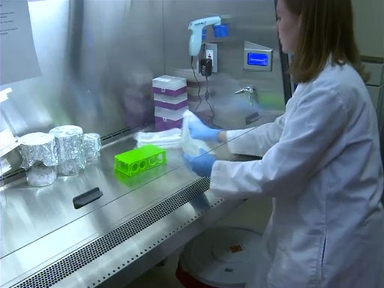
An Introduction to Working in the Hood
General Laboratory Techniques
151.6K Views
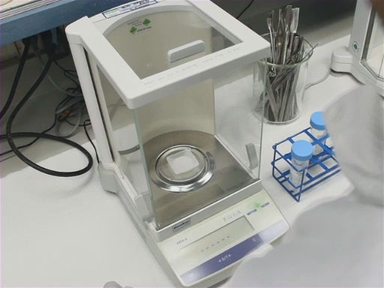
Measuring Mass in the Laboratory
General Laboratory Techniques
171.1K Views

Histological Sample Preparation for Light Microscopy
General Laboratory Techniques
240.6K Views
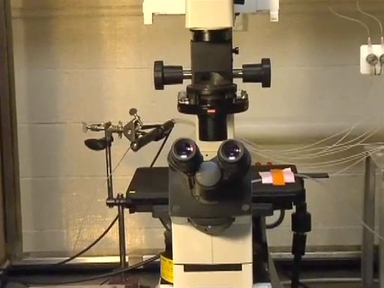
Introduction to Fluorescence Microscopy
General Laboratory Techniques
350.1K Views

Introduction to Light Microscopy
General Laboratory Techniques
816.1K Views

Regulating Temperature in the Lab: Preserving Samples Using Cold
General Laboratory Techniques
65.7K Views
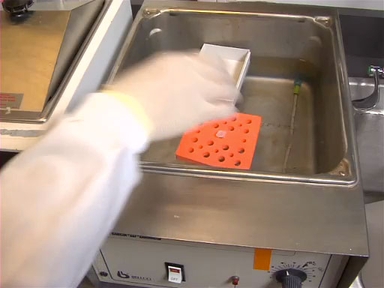
Regulating Temperature in the Lab: Applying Heat
General Laboratory Techniques
81.4K Views
Copyright © 2025 MyJoVE Corporation. All rights reserved